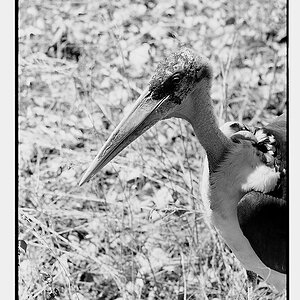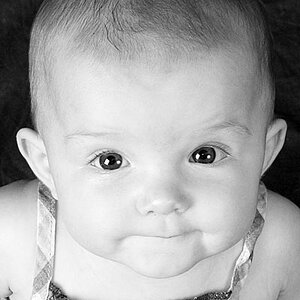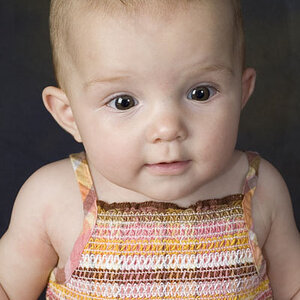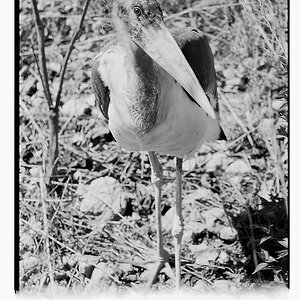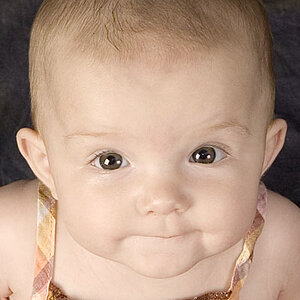Derrel
Mr. Rain Cloud
- Joined
- Jul 23, 2009
- Messages
- 48,225
- Reaction score
- 18,941
- Location
- USA
- Website
- www.pbase.com
- Can others edit my Photos
- Photos OK to edit
I'd listed the Nikon 200 millimeter F / 2 vibration reduction lens + 1.4 x + 1.7 x telephoto converters. In terms of focusing speed,focusing accuracy,bokê, and overall image Beauty the 200/2 is without a doubt the best lens I have ever used. When I bought it it was priced at $3999, but the newer version has added about $1,000 to the price in the intervening 12 or 13 years.


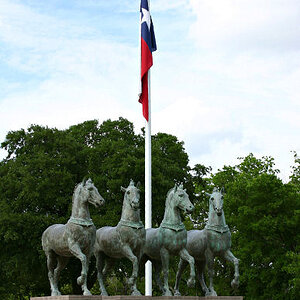
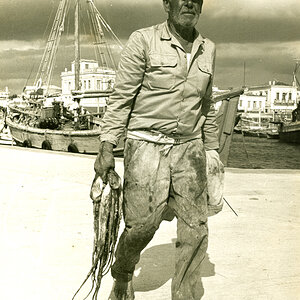
![[No title]](/data/xfmg/thumbnail/39/39439-d0a6beaaf39993860b74ccbd81fdd122.jpg?1619739032)
![[No title]](/data/xfmg/thumbnail/39/39532-073f9eb14e26e2b99cc29112b92a2ab6.jpg?1619739072)
![[No title]](/data/xfmg/thumbnail/42/42022-b164b48fbcd31e32040c4983ecb8983a.jpg?1619739981)
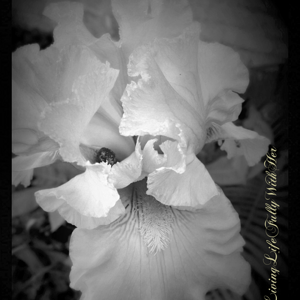
![[No title]](/data/xfmg/thumbnail/30/30885-2764c7a15a288ed06f3903d3a2756832.jpg?1619734497)
